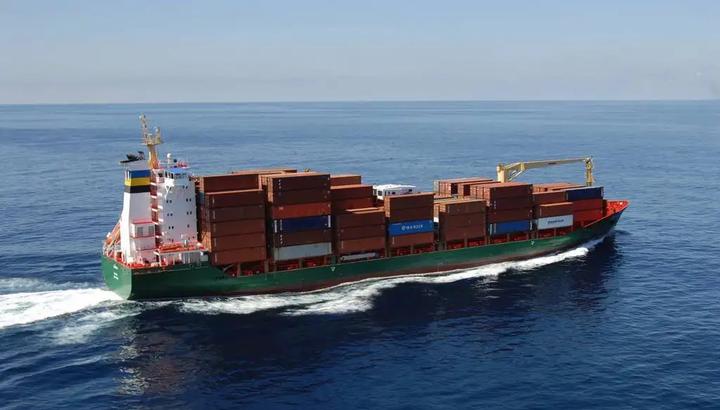Why Sea Transport Costs Less Than Land Transport
Analysis of sea transport’s cost advantages over land transport due to natural physics laws, including resistance dynamics, loading capacity, and technological limitations that have shaped global shipping and trade patterns.

Modern sea transport’s remarkable cost efficiency stems from fundamental physical principles that give ships inherent advantages over land vehicles. Let’s examine the key factors behind this phenomenon.
Physics plays a crucial role in transportation efficiency. For ships, the resistance they face increases only by approximately two-thirds power of their weight, while trains and trucks experience resistance directly proportional to their weight. This means when a ship’s weight increases by 1000 times, its resistance only increases by 100 times. In contrast, a train’s resistance would increase by the full 1000 times.
The development of containerization in 1946 revolutionized maritime shipping. Before containers, loading and unloading costs were prohibitively expensive. Standardized containers dramatically reduced these costs, allowing ships to grow larger and more efficient. Modern container ships can carry tens of thousands of containers with minimal crew requirements - a large container vessel needs only about 20-25 crew members to operate.
However, natural limitations constrain how large ships can become. The Seawise Giant, the largest ship ever built, had a draft of 24 meters, limiting it to very few ports worldwide. Port depth, canal dimensions (particularly the Panama and Suez canals), and material strength place upper bounds on vessel size. Most modern cargo ships optimize around 100,000-500,000 tons displacement.
The operational advantages of sea transport are striking. Looking at energy consumption ratios, sea transport : rail : road is approximately 1 : 1.8 : 14. For emissions, the ratio is 1 : 1.2 : 4.8. In infrastructure investment, the ratio stands at 1 : 3 : 7, making sea transport highly economical in both operational and capital costs.
In China, this efficiency manifests clearly along major waterways. On the Yangtze River in Shanghai, small 300-400 ton vessels carrying construction materials operate at costs far below equivalent road transport. Even on smaller waterways limited to 500-ton vessels, water transport remains more economical than modern railways carrying 4,000-ton loads.
Yet sea transport has limitations. It requires port infrastructure and can only connect coastal points. Railways offer more flexible inland connectivity, while roads provide the greatest routing freedom despite highest costs. Each mode serves different needs in a complementary transport network.
The physics-based advantages of sea transport created a 70-year maritime era that reshaped global trade. However, with ship sizes reaching natural limits and port infrastructure constraints, further dramatic cost reductions appear unlikely. The future may lie in high-speed rail and land transport innovations to complement established maritime routes.